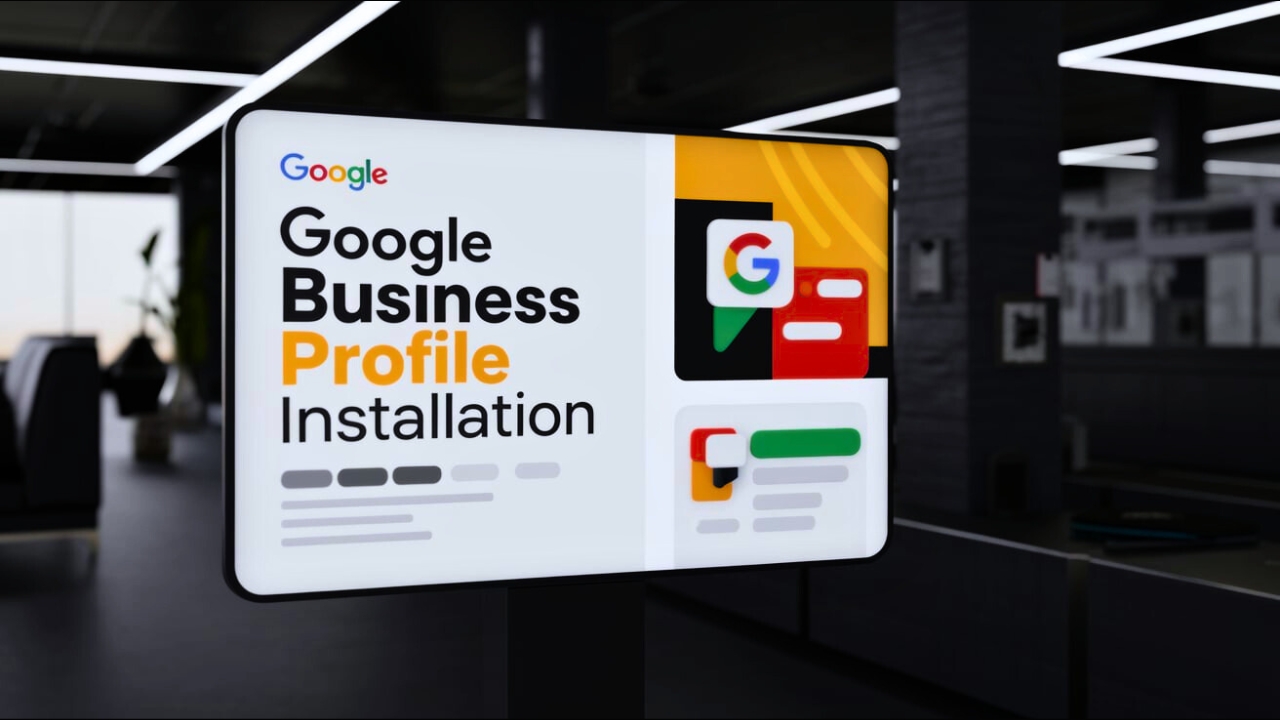How to Rank #1 on Google in Just 30 Days with SEO Strategies
Many website subscribers, bloggers, and digital marketers dream of ranking #1 on Google. The crowd is angry, the State of Massachusetts Communist Party is changing, and the stakes couldn’t be higher. But what if I told you that it’s possible to get first rank on Google in just 30 days with the right SEO?
As someone who has explored the depths of the SEO scale, I’ve discovered actionable strategies with solid results. In this guide, I’ll walk you through the step-by-step process for getting the coveted top spot for the village on Google and ensuring your website stays optimized for success.
Why Being at the Top of Google Is Important
Before diving into the strategies, let’s understand why ranking #1 on Google is so important:
- Increased Visibility: 91% of searchers never go past the first page of Google. The top-ranking website grabs most of the clicks.
- More Traffic: Higher rankings mean higher organic traffic, reducing the need for paid ads.
- Credibility and Trust: Users tend to trust websites that rank at the top, associating them with authority in their field.
If you want to dominate your niche, being #1 on Google is a must, and the strategies outlined below will help you get there.
First Rank on Google in Just 30 Days, Step-by-Step Guide to Rank #1 on Google in 30 Days
Conduct a Comprehensive SEO Audit (Day 1–3)
The first step to improving your rankings is knowing where you currently stand. Perform a full SEO audit of your website.
- Check for Errors: Identify broken links, missing meta tags, duplicate content, and slow-loading pages
- Mobile Optimization: Ensure your site is mobile-friendly, as Google prioritizes mobile-first indexing.
- Analyze User Experience (UX): Look for navigation issues, design flaws, and slow-loading elements.
You can use tools like Google Search Console, Ahrefs, and SEMRush to perform this audit effectively.
2. Keyword Research: Target the Right Audience (Day 4–6)
Choosing the right keywords is critical to ranking on Google. Focus on low-competition, high-intent keywords that align with your audience’s needs.
- Use tools like Google Keyword Planner, Ubersuggest, and SEMRush to find relevant keywords.
- Prioritize long-tail keywords with lower competition, as they are easier to rank for in a short time.
- Focus on keywords with a mix of informational, navigational, and transactional intent.
For example, if you’re running a earn money blog, instead of targeting “earn money,” target “how to earn money in 30 days.”
3. Create High-Quality, SEO-Optimized Content (Day 7–12)
Content is the backbone of any SEO strategy. Without valuable and engaging content, ranking on Google is nearly impossible.
- Write for your audience: Create content that solves their problems, answers questions, and provides actionable solutions.
- On-page optimization: Make sure each piece of content is optimized for your target keywords.
- Include keywords naturally in titles, headings, meta descriptions, and throughout the content.
- Use internal linking to link to related articles on your site.
- Engaging media: Add images, infographics, and videos to make your content engaging.
Remember, content quality is more important than quantity. Focus on creating 2-3 high-value posts instead of multiple low-quality articles.
4. Build High-Quality Backlinks (Day 13–18)
Backlinks are one of the most powerful ranking factors for Google. However, not all backlinks are created equal. Focus on quality over quantity.
- Reach Out for Guest Posts: Write articles for authoritative websites in your niche and link back to your site.
- Broken Link Building: Find broken links on other websites and suggest your content as a replacement.
- Create Shareable Content: Develop unique resources, such as case studies or infographics, that others will naturally link to.
Tools like Ahrefs and Moz Link Explorer can help you identify backlink opportunities.
5. Optimize for Mobile and Core Web Vitals (Day 19–22)
Google now prioritizes websites that are mobile-friendly and have strong Core Web Vitals scores.
- Mobile Responsiveness: Test your site on different devices to ensure seamless performance.
- Loading Speed: Compress images, reduce server response time, and use a Content Delivery Network (CDN).
- User Interactivity: Ensure buttons, links, and forms are easy to use on mobile devices.
6. Track, Analyze, and Adjust (Day 23–30)
SEO is not a one-and-done process. Continuous monitoring and adjustments are necessary to achieve and maintain the #1 rank.
- Track Rankings: Use tools like Google Analytics and SEMRush to monitor your keyword rankings.
- Analyze Performance: Identify what’s working and what needs improvement.
- Adjust Strategies: Experiment with different keywords, content formats, and backlink strategies to see what delivers the best results.
Conclusion
If you have the right strategies, ranking #1 on Google in 30 days is a difficult but possible objective. You may quickly raise your ranks by conducting a comprehensive SEO assessment, optimizing your website and content, and using high-quality backlinks.
Keep in mind that consistency is important. SEO is not a race, but a marathon. Continue honing your tactics and concentrating on providing your audience with value. You can succeed if I, Ravi Singh Rajput, can put these strategies into practice.
Let your website soar to the top by starting today!
Frequently Asked Questions (FAQs)
1. Can I really rank #1 on Google in 30 days?
Yes, it is possible with a focused approach, but the results depend on the competition in your niche and your current SEO status.
2. Which tools are best for SEO beginners?
Some of the most beginner-friendly tools are Google Search Console, Ubersuggest, SEMRush, and Ahrefs.
4. How often should I update my website?
Regular updates, such as refreshing old content or publishing new posts, should be done at least once a month.
5. Are paid ads necessary to rank #1?
No, organic SEO can achieve the same results without spending on ads. Paid ads can complement SEO but are not mandatory for ranking.





Pingback: Why you cannot First rank on Google (Problems and Solutions)